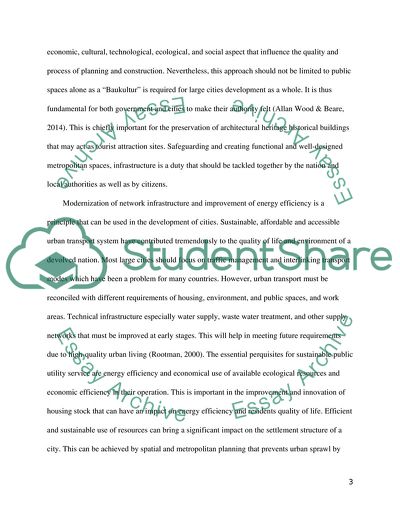Cite this document
(Principles of Good Practice in City Development Strategy Essay Example | Topics and Well Written Essays - 3000 words, n.d.)
Principles of Good Practice in City Development Strategy Essay Example | Topics and Well Written Essays - 3000 words. https://studentshare.org/geography/1869935-to-what-extent-are-there-principles-of-good-practice-in-city-development-strategy-that-may-be-applied-in-any-large-city
Principles of Good Practice in City Development Strategy Essay Example | Topics and Well Written Essays - 3000 words. https://studentshare.org/geography/1869935-to-what-extent-are-there-principles-of-good-practice-in-city-development-strategy-that-may-be-applied-in-any-large-city
(Principles of Good Practice in City Development Strategy Essay Example | Topics and Well Written Essays - 3000 Words)
Principles of Good Practice in City Development Strategy Essay Example | Topics and Well Written Essays - 3000 Words. https://studentshare.org/geography/1869935-to-what-extent-are-there-principles-of-good-practice-in-city-development-strategy-that-may-be-applied-in-any-large-city.
Principles of Good Practice in City Development Strategy Essay Example | Topics and Well Written Essays - 3000 Words. https://studentshare.org/geography/1869935-to-what-extent-are-there-principles-of-good-practice-in-city-development-strategy-that-may-be-applied-in-any-large-city.
“Principles of Good Practice in City Development Strategy Essay Example | Topics and Well Written Essays - 3000 Words”. https://studentshare.org/geography/1869935-to-what-extent-are-there-principles-of-good-practice-in-city-development-strategy-that-may-be-applied-in-any-large-city.


